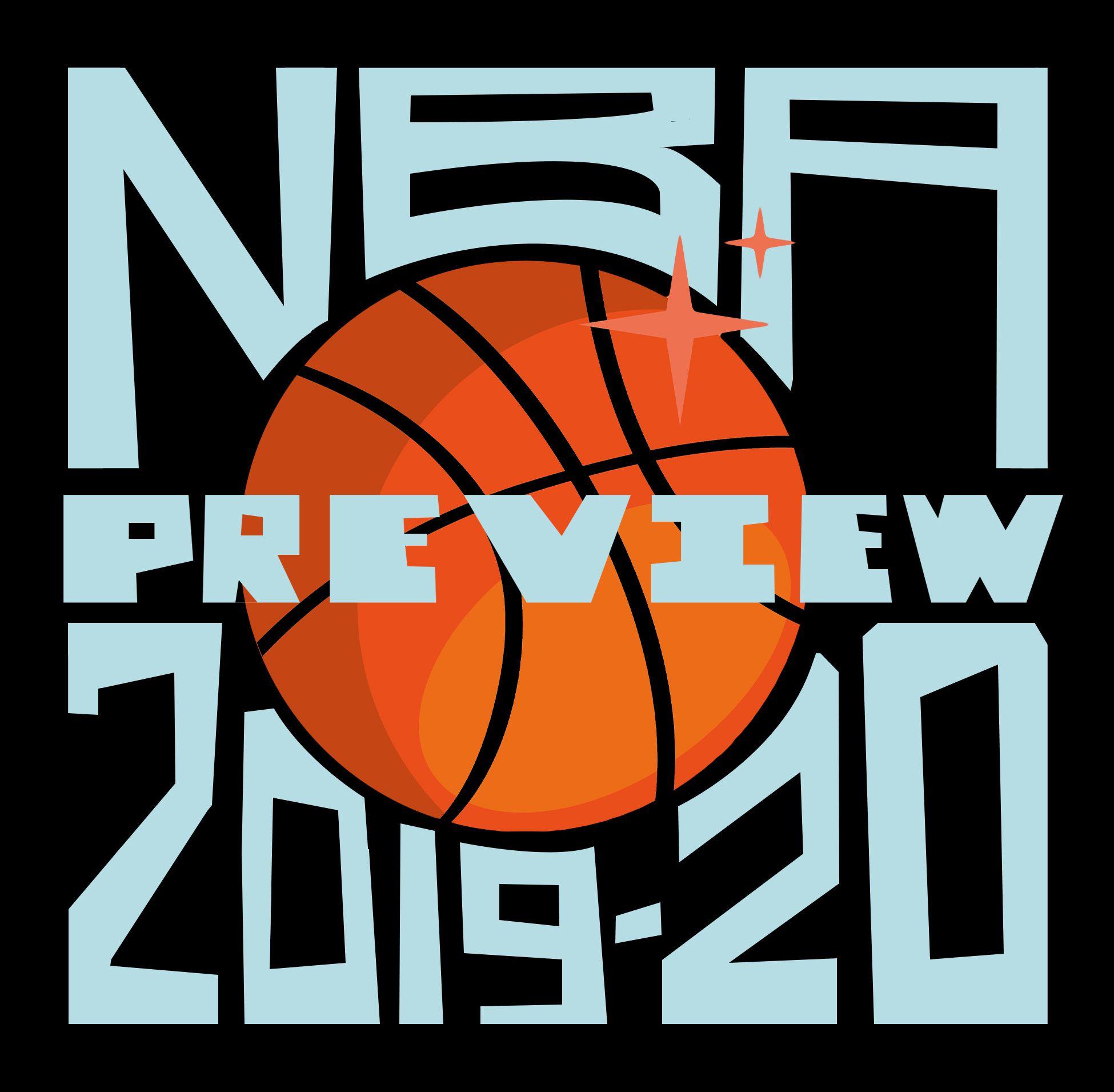A sports league is a business, but it’s a strange kind of business; it sells stories that haven’t been written yet. Unlike most entertainment companies that deal in narratives, a sports league doesn’t control its own plots, because they depend on the actions of players. Marvel knows years in advance what happens on Thanos’s farm, and Kendall Roy’s shocking press-conference speech has gone through five drafts at HBO before you ever get to see it, but when Kawhi Leonard’s last-second game-winner is bouncing (and bouncing, and bouncing) on the rim, Adam Silver is left waiting on gravity, just like everyone else.
A sports league doesn’t sell a particular story, in other words. It sells an environment of possibility, a prearranged setting in which certain kinds of stories can take place. One slightly bizarre consequence of this arrangement is that when a league changes the way it does business, it also changes the kinds of stories it enables, in the same way that shifting the mean temperature of an ecosystem by four or five degrees will kill certain plants and encourage others to grow. Sometimes these changes are deliberate and made specifically with an eye toward narrative: tweaking salary-cap structure to encourage parity, for instance. Other times, changes in business practices made for unrelated reasons will transform a league’s narratives in ways no one intended and no one could have foreseen.
All of which is just a wordy and roundabout way to ask: What the hell is going on with the NBA right now? I don’t mean the China thing. (I can explain that for myself; my keyboard has a dollar sign on it.) I mean the basketball competition. For several years now we’ve been talking about player power, the superteam era, and the unprecedented control the league’s biggest stars now enjoy over not just their own trade destinies, but the formations of entire rosters. We’ve made jokes about Woj Bomb Theater on Twitter; we’ve talked about the Finals now being the third-most important event on the league calendar after the start of free agency and the trade deadline. We’ve all known the NBA was changing in some major ways, and that the ultimate outcome of those changes would be hard to predict. Still, I don’t think I realized just how delirious things had gotten, and just how much the shape of the league’s narrative had changed, until this offseason.
This offseason … I mean, wow, I think is my technical analysis here? If the prevailing trends in the league vis-à-vis player movement and roster instability were an outfit, this offseason was the Russell Westbrook version of that outfit. It was full of moving parts and unexpected juxtapositions, it was very expensive, and by the time you understood how it all zipped together, Paul George was on a plane to Los Angeles.
I mean, take a look around the league. Slide your eyes over some squad sheets. Pure incoherence, right? Jimmy Butler plays in Miami now. Westbrook somehow plays for the Rockets, the team an older version of NBA storytelling would have framed as his blood enemy. Chris Paul plays for the Thunder, a team that will not officially exist until after the 2028 draft. Kyrie Irving, possibly the last person in America you’d hope to see move to Brooklyn, has moved to Brooklyn. George is a Clipper, along with Leonard, the reigning NBA Finals MVP; Kawhi spent one season winning a title with the Raptors and then departed from Canada as mysteriously as he came, like the northern lights. Anthony Davis joined LeBron James on the Lakers, just as we all thought he would, except when we all thought he wouldn’t. The list goes on. The degree of superstar reshuffling is so extreme that even the injured Kevin Durant, who will not play at all next season, has joined Irving in Brooklyn, where, sensationally, he will not suit up for a team different from the one he would have not suited up for under less dramatic circumstances.
Cast your mind back, if you can make it stretch that far, to an older idea of a sports league—one from, say, the iPhone 4 era. In those sepia-toned olden days of the early Obama administration, we still had the idea that basketball players, especially the best basketball players, were meant to be identified with particular teams and cities, where they would stick around for a while. We didn’t expect them to spend their whole careers with one team—this wasn’t the Middle Ages—but the NBA’s narrative frame still assumed a certain continuity. Teams would have identities that carried over from year to year, evolving slowly; local fan bases would be allowed to form bonds with their teams’ star players and identify with them for at least a few years at a time.
A league with less player agency could be seen as regressive, because making player movement more difficult generally suits the agenda of owners. Couldn’t you also make the case, though, that a more stable league works in the interest of fans? After all, it’s the structure that supports a traditional way of engaging with sports and a traditional sense of sports storytelling: I know that Michael Jordan plays for Chicago and that Isiah Thomas plays for Detroit and that Detroit has beaten Chicago in the playoffs two years in a row. I know the personalities of both teams, because I’ve seen them develop over multiple seasons. And all this stable knowledge sets the scene for an exciting dramatic situation: Michael Jordan’s teams struggle to overcome their more established nemesis as part of Jordan’s push to become the best player in the world. The appeal of a situation like this is obvious. It’s fun, it’s accessible, and it doesn’t force you to learn a whole new league configuration, with its concomitant set of conflicts, probabilities, challenges, etc., every time two All-Stars go out to lunch.
It doesn’t take an ’80s-obsessed curmudgeon to notice that this kind of convenient, fan-accessible narrative is no longer the dominant variety of story. For several years, the Warriors-vs.-LeBron routine gave the league enough of a superstructure at the top to mask the underlying discontinuity; in a world where KD rests for the Brooklyn Nets, and where LeBron is no longer a lock to make the playoffs, even that notional order is gone. I am sorry to fall back on a dated metaphor, but we have reached the point when the baby dragons the NBA has been toting around in its luggage for the past few years have finally grown up and torched its CGI budget.
What’s fascinating to me about all this, and maybe the single biggest reason I can’t wait for the upcoming season, is that though these changes seem fan-unfriendly, they don’t seem to have hurt the NBA at all. The way we watch the league has adapted, but—weirdly, amazingly, and almost certainly by accident—the NBA itself remains as compelling as ever. Maybe not to everyone, but certainly to enough people that it would be fatuous to argue that it’s experiencing any sort of crisis, at least as far as the domestic audience is concerned. And isn’t the Finals MVP skipping out on a team after one season the kind of thing that, under different circumstances, could easily represent such a crisis?
The NBA has changed significantly, but we haven’t turned on it. We haven’t lost interest in it. Instead, we’ve found new ways to care about it. We’ve embraced the fun of the bombshell scoop and the high-school cafeteria drama of superteam formation. We’ve invested in the reality show of players’ relationships on social media and in those league-upending player hangouts. To a greater extent than anyone could have imagined a few years ago, we’ve gotten comfortable with thinking of the games themselves as something less than the be-all, end-all of the league narrative. Instead, we’ve taught ourselves to focus on moments (GIFs, highlights, looks, and reactions) and the longer arc of an individual player’s career, in which a trade to a new city and a new contract really might feel as significant as a championship. It’s not that the old way of looking at basketball has vanished—we still care about results and want our own teams to win. But it’s slipped a little. Before fans always claimed the right to impose our own narratives on the players’ experience (you will hate our rivals as much as we do), but we increasingly look at the game through the eyes of the players. We think about what they want and take into account their pragmatism, their egotism, and their sensitivity. We’ve traded a more cinematic view of basketball for a more realistic and, unexpectedly, a more empathetic one.
This is what I meant, earlier, when I said that the kind of story a league enables is shaped by the way it does business. In this case, a change to the NBA’s labor norms—star players obtaining more power to change teams and reshape rosters—had the unintended consequence of working against the type of narrative the league had previously specialized in selling, which needed stability in order to function. And so a new kind of story emerged. The result is that the NBA has become something basically unprecedented among sports associations: a league in which onstage and backstage have become almost interchangeable (unlike in, say, the NFL), and in which more and more fans are interested in seeing the game from the perspective of the players (unlike in European soccer).
I have no idea whether this is sustainable, or whether it’s even the most fun way to imagine a basketball league functioning in 2019. But it’s a lovely testament to the ingenuity of sports fans. Give us chaos, and we will buy a Chaos League Pass and find the soap opera pulsing at its heart. Six months from now, when Giannis plays for the Suns, Zion is a Grizzly, and Steph Curry makes up half of a backcourt with Luka Doncic in Utah, I’m not sure I will understand or enjoy these developments. But I will enjoy watching everyone else enjoy them.

